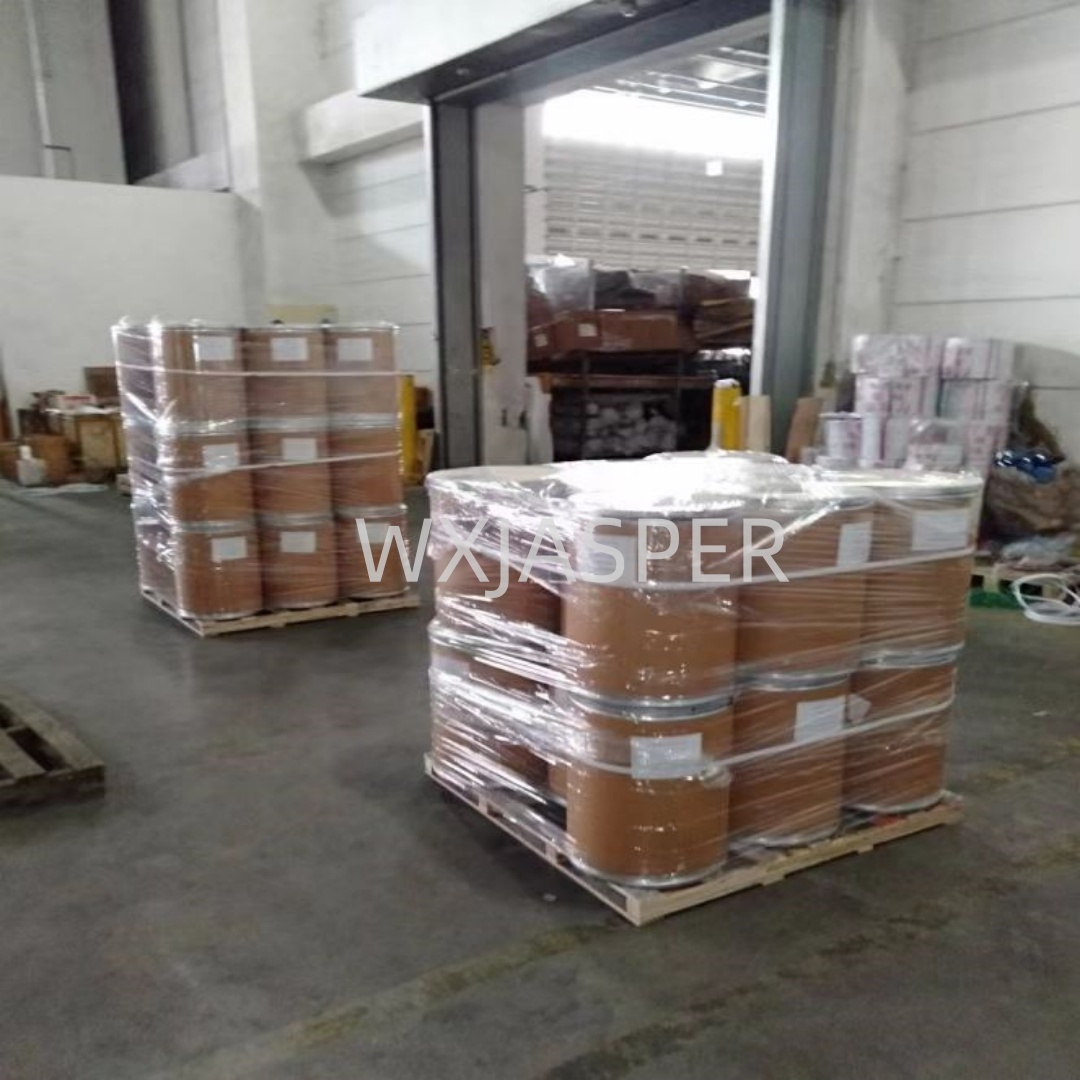Product Details
CasNo: 131860-33-8
MF: C22H17N3O5
Appearance: solid
Delivery Time: 15 days
Packing: 25kg/drum
Purity: 98%
1. Basic Information
- English Name: Azoxystrobin
- CAS Registry Number: 131860-33-8
- Molecular Formula: C₂₂H₁₇N₃O₅
- Molecular Weight: 403.3875
- Appearance: Pure product is a white crystalline solid
- Relative Density: 1.34 g/cm³
- Solubility (at 20℃):
- Slightly soluble in hexane and n-octanol;
- Soluble in methanol, toluene, and acetone;
- Easily soluble in ethyl acetate, acetonitrile, and dichloromethane;
- Solubility in water: 6 mg/L.
- Vapor Pressure: 1.1×10⁻⁷ mPa (at 20℃)
2. Toxicity
- Low toxicity to humans and animals:
- Acute oral LD₅₀ (rat): >5000 mg/kg;
- Acute dermal LD₅₀ (rat): >2000 mg/kg.
3. Mechanism of Action
Azoxystrobin exerts its fungicidal effect by inhibiting the respiratory process of pathogenic fungi. It blocks the electron transfer in the mitochondrial respiratory chain of pathogens, thereby cutting off the energy supply of fungal cells. This leads to the death of fungal cells and simultaneously inhibits spore formation, ultimately achieving the goal of preventing and controlling fungal diseases.
4. Formulations
Common formulations include:
- 25% Azoxystrobin Suspension Concentrate (SC)
- 50% Azoxystrobin Water-Dispersible Granules (WDG)
5. Product Features
- Broad Fungicidal Spectrum: Effectively controls almost all fungal diseases, such as powdery mildew, rust, glume blotch, net blotch, downy mildew, rice blast, early blight, late blight, and gray mold.
- Strong Penetration: When sprayed on leaves, it penetrates quickly without the need for additional penetrants.
- Excellent Systemic Translocation: Rapidly absorbed and translocated by all parts of the plant, ensuring the fungicidal effect spreads throughout the entire plant.
- Long Residual Activity: The residual period after foliar spraying lasts 15–20 days; for seed dressing and soil treatment, the residual period extends to more than 50 days.
- Good Compatibility: Can be mixed with many other pesticides (e.g., chlorothalonil, difenoconazole) to reduce pathogen resistance and enhance control efficacy.
6. Application Scope
Suitable for use on a wide range of crops, including:
- Cereals (wheat, corn, etc.), rice, peanuts, grapes, potatoes;
- Fruit trees (apple, pear, peach, etc.), vegetables (cucumber, tomato, etc.);
- Coffee, lawns, and other economic crops or ornamental plants.
7. Application Methods
- For Cucumber Diseases (downy mildew, blight, anthracnose, etc.): Apply at the early stage of disease. Use 60–90 mL of 25% azoxystrobin SC per mu (1 mu ≈ 0.0667 hectares), dilute with 30–50 kg of water, and spray.
- For Rice Diseases (rice blast, sheath blight, etc.): Apply before or at the early stage of disease. Use 20–40 mL of 25% azoxystrobin SC per mu, and spray once every 10 days.
- For Watermelon Diseases (fusarium wilt, anthracnose, etc.): Apply before or at the early stage of disease. Use 30–50 g of 50% azoxystrobin WDG per mu, and spray 2–3 times continuously.
8. Precautions
- Do not mix azoxystrobin with insecticide emulsifiable concentrates (ECs), especially organophosphorus-based ECs, nor with organosilicon-based synergists—this may cause phytotoxicity to crops.
- Vegetable powdery mildew has developed resistance to azoxystrobin; if applied continuously more than twice, the control effect may decrease significantly.


